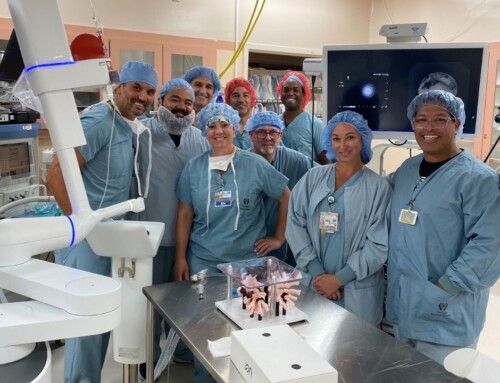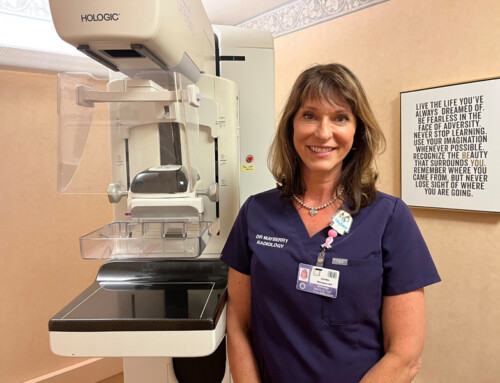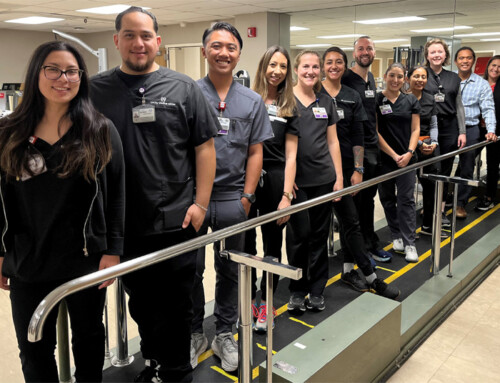The problem with New Year’s Resolutions is that they’re not always specific enough. When it comes to personal health and wellbeing, year-long goals are fueled by phrases such as “I will be healthier” and “I will lose weight.” While these statements may be backed by real desire, try accomplishing them by setting targeted healthy living goals, such as those that aim to improve your joint and bone health.
These resolutions may not be the trendiest, but they are a smart investments in your health that will benefit you well beyond a single calendar year.
Join an Exercise Class
Exercise classes target different parts of our body. Try finding one that benefits your bone and joint health this January. Strong bones are built through high-impact weight-bearing activities such as dancing, hiking, jogging, jumping rope, and tennis. These activities increase and maintain bone mass density, making your bones less frail and subject to conditions like Osteoporosis.
For joint health, look for classes that involve a lot of bending and stretching. Yoga and tai chi are prime examples of classes that will help you target various major muscle groups. Strengthening your muscles is in and of itself a positive way to impact joint health, so you’re doing your body a favor by just showing up to class.
Exercise classes such as BODYVIVE involve lower intensity weight-bearing and mobility activities, and are a good option for older adults who may be new to working out. For joint health, try Active Education: Aquatics, a class that will strengthen the core in order to prevent falls and joint injuries.
Eat for Bone and Joint Health
While many people set resolutions to eat less in the New Year, a better resolution would be to instead be attempt to eat smarter. Diet goes a long way in ensuring we have the nutrients to maintain healthy bodies and the energy to go about our daily activities.
Look for foods that contain high levels of calcium and Vitamin D. Calcium forms the building blocks of strong bones, and Vitamin D helps our bones to absorb that calcium and phosphorous. Dairy products are the most obvious example of high calcium foods, but dark green vegetables such as kale, broccoli, and bok choy also contain large amounts of the valuable nutrient.
Foods like cheese and fatty fish contain high levels of Vitamin D, though the most effective way to boost your Vitamin D intake is to get into the sun. According to experts, 10 to 15 minutes of sun exposure thrice a week is all that’s needed to have your body manufacture appropriate levels of Vitamin D.
Get a Good Night’s Sleep
Despite sleep being a positive thing, many of us don’t get enough of it. Sleeping less than seven hours a night puts you at risk for Osteoporosis, and studies say that up to 66% of people with chronic back pain are also suffering from sleep disorders. Getting a good night’s sleep gives our bone tissue time to regenerate and repair any damage caused by daily wear and tear.
This resolution will look different depending on your daily schedule. There are a few generalized methods to ensure you have a good night’s sleep. They include limiting the use of electronics before bed, meditation, going to bed earlier, and increasing melatonin levels by eating foods such as sunflower seeds and alfalfa sprouts.
Remember that resolutions are more effective when you align them with SMART principles: specific, measurable, achievable, realistic, and timely elements. That means your resolution shouldn’t simply be to “join an exercise class,” but should instead be phrased like “I will go to a joint and bone strengthening exercise class two times a week during my lunch break at work.” Avoiding vague goals will help make all resolutions a reality.





